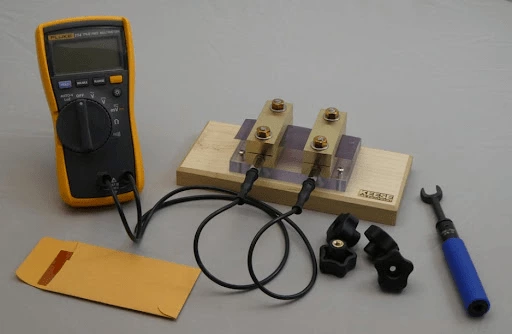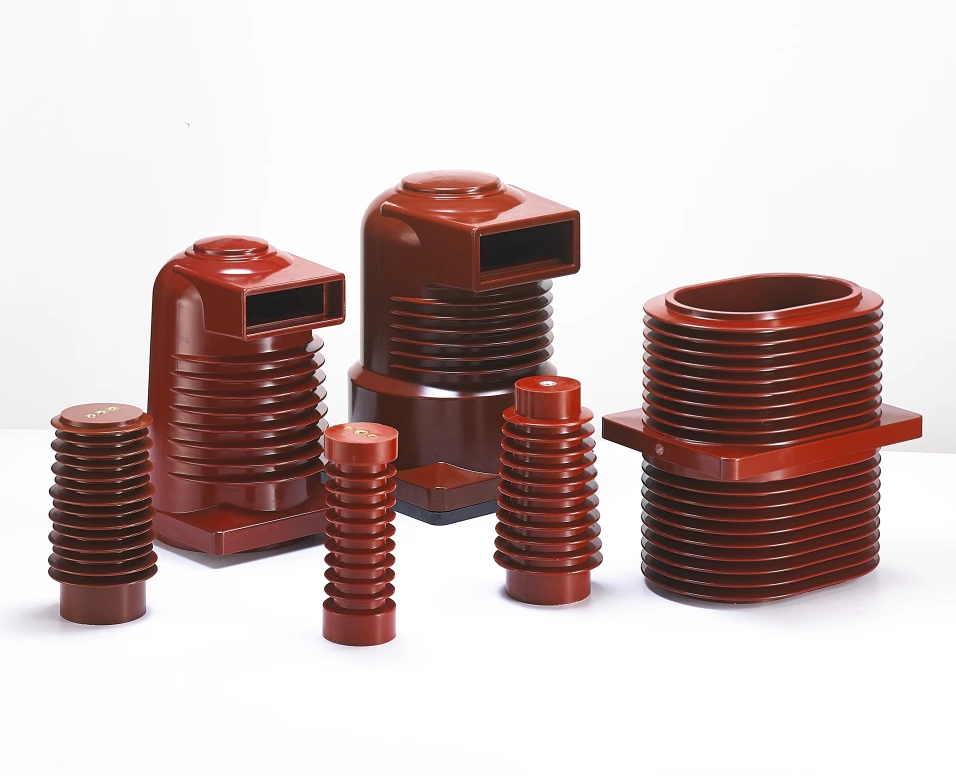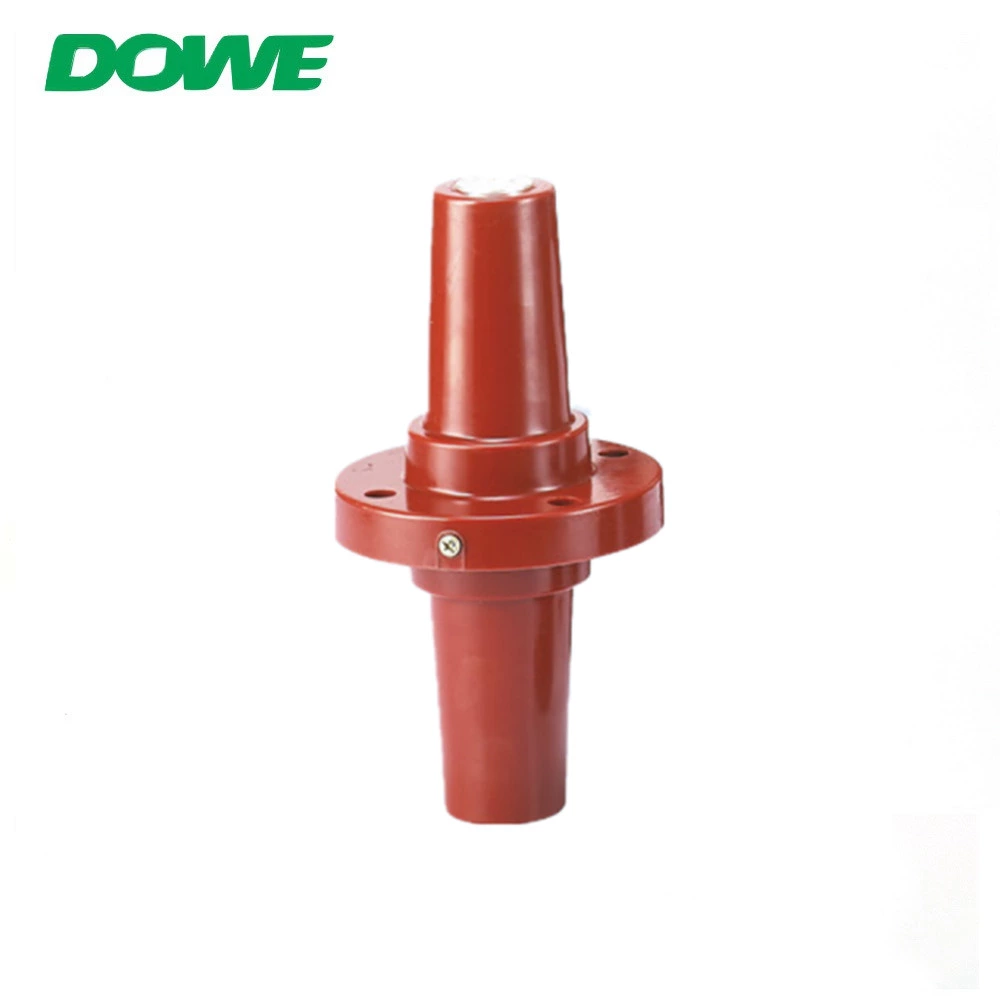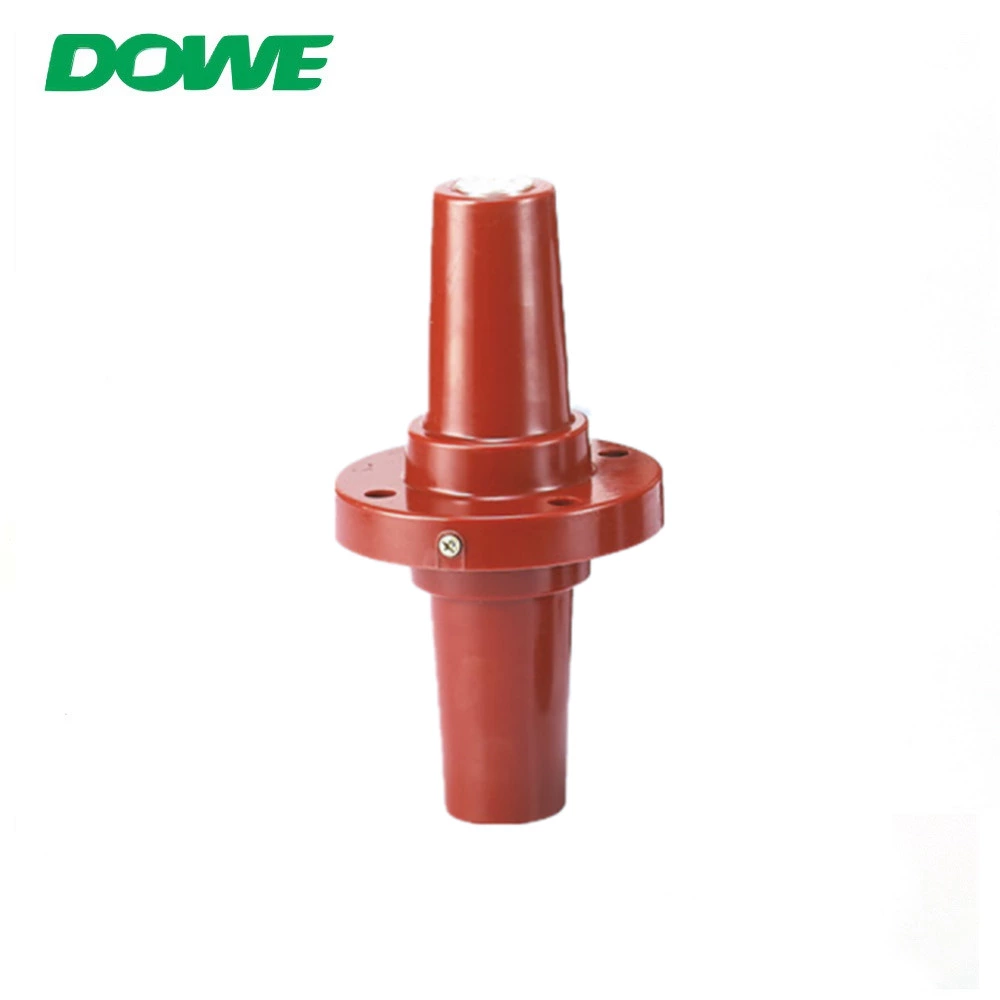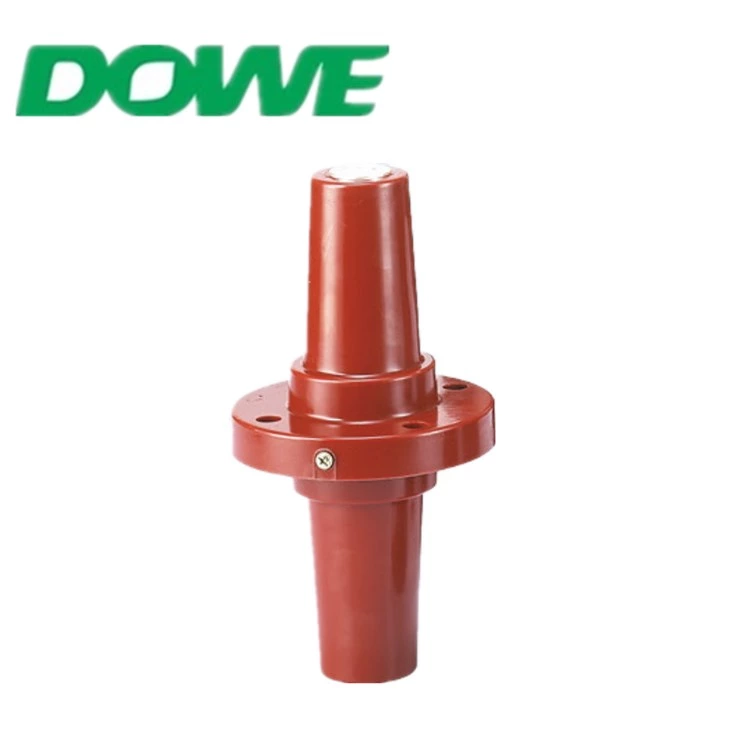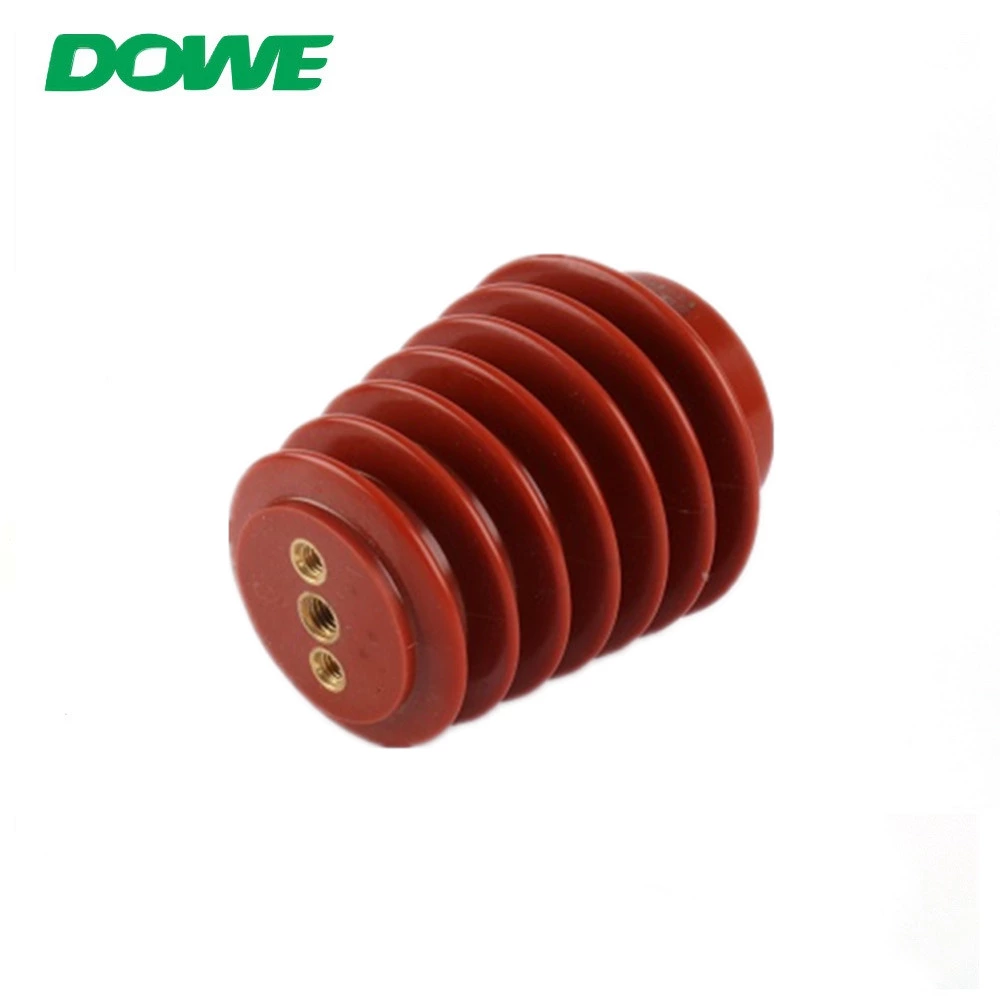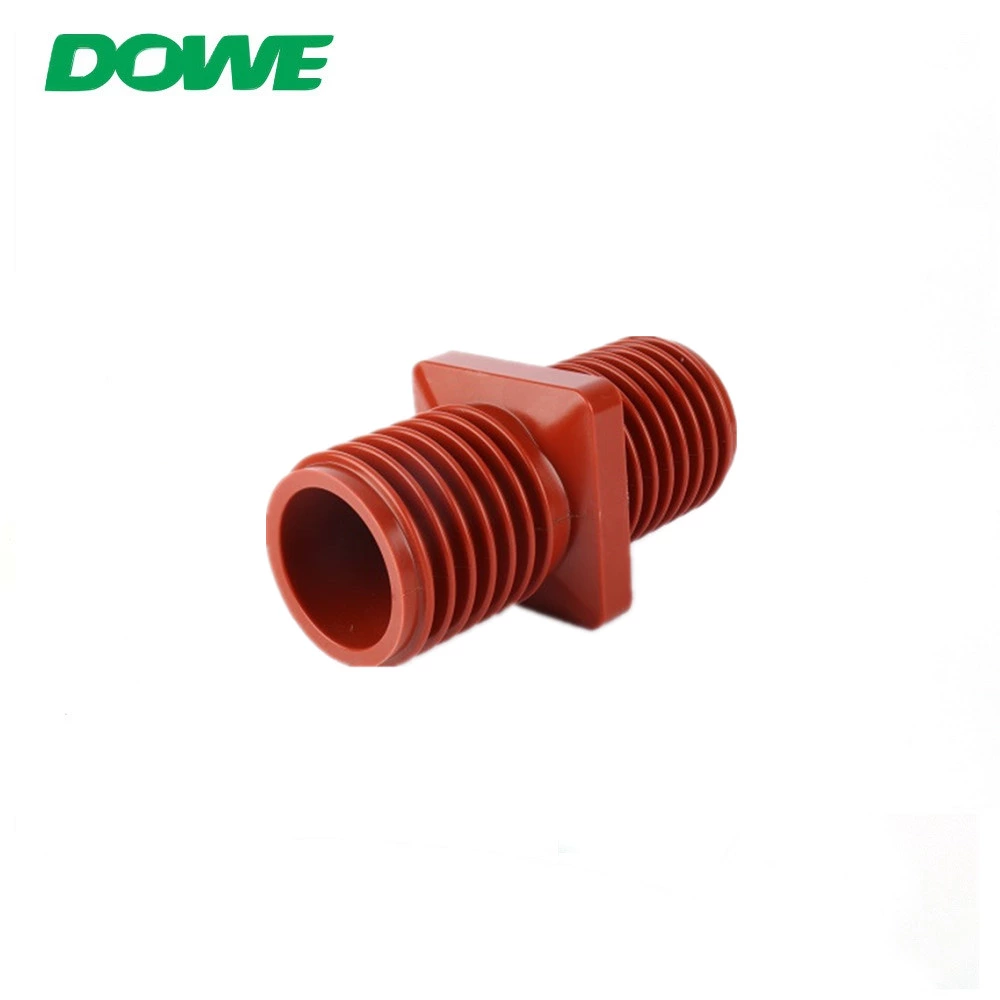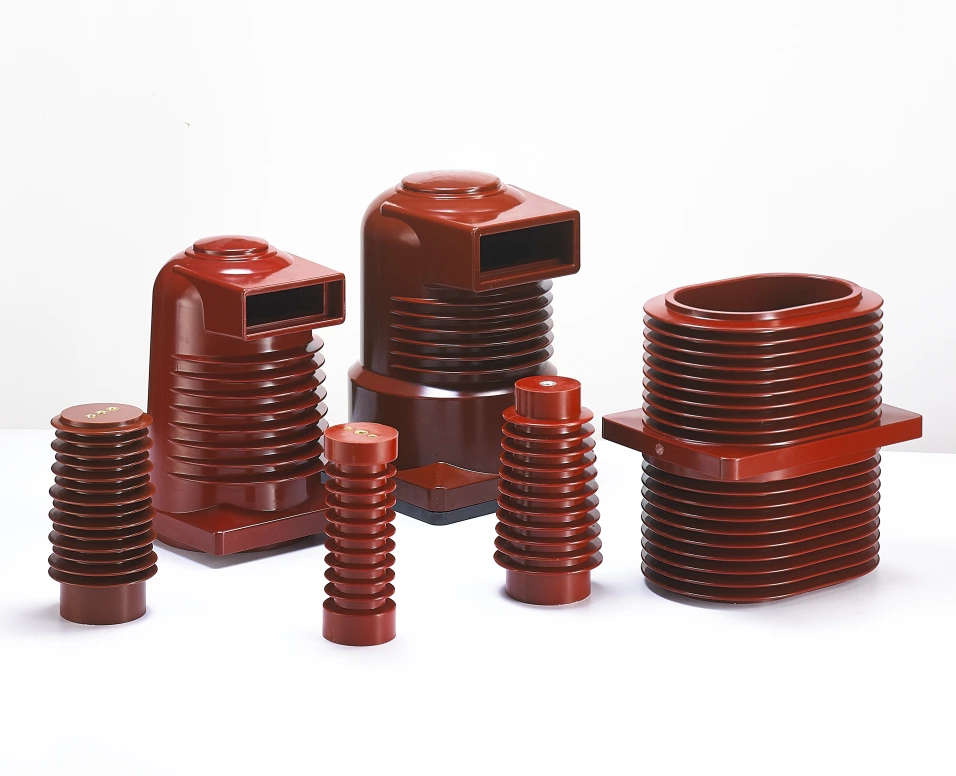What are the dielectric strength and insulation resistance standards for electrical insulators?
Many engineers assume that all insulators meet the same electrical standards. But failing to understand key properties like dielectric strength and insulation resistance can lead to costly failures. Let’s clear up the confusion.
Dielectric strength measures how much voltage an insulator can withstand before breaking down, while insulation resistance indicates its ability to prevent current leakage. Both are critical for electrical safety and performance.
Imagine installing an insulator that seems perfect but fails under high voltage. This happens when engineers overlook these standards. Let’s explore the key testing methods and industry requirements.
Table of Contents
- What is dielectric strength, and why does it matter?
- What is insulation resistance, and why is it important?
- How do dielectric strength and insulation resistance compare?
- How do international standards define insulation requirements?
- Conclusion
What is dielectric strength, and why does it matter?
Dielectric strength determines how much voltage an insulator can handle before breaking down. It is measured in volts per unit thickness (kV/mm).
Higher dielectric strength means better resistance to voltage stress, reducing the risk of electrical failure.
Factors that affect dielectric strength
Several factors influence dielectric strength:
| Factor | Effect on Dielectric Strength |
|---|---|
| Material composition | Different materials have different voltage resistance. |
| Thickness | Thicker materials typically withstand higher voltages. |
| Moisture content | High humidity can reduce dielectric strength. |
| Temperature | Extreme temperatures can degrade insulation properties. |
How is dielectric strength tested?
Dielectric strength is tested by applying increasing voltage to an insulator until it fails. The standard test methods include:
- ASTM D1491 – Measures breakdown voltage in solid materials.
- IEC 602432 – Defines testing for electrical insulating materials.
- IEEE 43 – Provides guidelines for high-voltage testing.
Understanding dielectric strength ensures the right material is selected for high-voltage applications.
What is insulation resistance, and why is it important?
Insulation resistance measures how well an insulator prevents current leakage. It is measured in ohms (Ω) or megohms (MΩ).
Higher insulation resistance means lower leakage current, ensuring safety and efficiency in electrical systems.
Key factors influencing insulation resistance
- Material properties – Some materials resist leakage current better than others.
- Surface contamination – Dirt, dust, and moisture reduce insulation resistance.
- Aging and wear – Over time, materials degrade, lowering resistance.
Common insulation resistance test standards
- IEC 600934 – Measures volume and surface resistivity.
- ASTM D2575 – Standard test for electrical resistance of insulating materials.
- IEEE 43 – Used for testing insulation resistance in rotating machines.
Regular insulation resistance testing prevents unexpected failures and ensures long-term performance.
How do dielectric strength and insulation resistance compare?
Although both properties relate to electrical insulation, they serve different purposes:
| Property | Definition | Importance |
|---|---|---|
| Dielectric Strength | Maximum voltage before breakdown | Prevents sudden electrical failure |
| Insulation Resistance | Resistance to leakage current | Ensures long-term reliability |
For critical electrical applications, both properties must be considered when selecting an insulator.
How do international standards define insulation requirements?
Various organizations set standards for insulation performance:
- IEC (International Electrotechnical Commission) – Defines global electrical insulation standards.
- IEEE (Institute of Electrical and Electronics Engineers) – Provides guidelines for testing and reliability.
- ASTM (American Society for Testing and Materials) – Sets material performance criteria.
- ANSI (American National Standards Institute) – Establishes safety and performance benchmarks.
Following these standards ensures insulators meet global safety and reliability requirements.
Conclusion
Dielectric strength and insulation resistance are crucial for selecting reliable insulators. Understanding these standards helps prevent failures and ensures electrical safety.
Footnotes:
-
Understanding ASTM D149 helps in determining breakdown voltage in solid insulation materials. This standard is crucial for selecting materials in high-voltage applications. ↩
-
IEC 60243 defines international testing procedures for measuring the dielectric strength of electrical insulating materials, ensuring compliance with global regulations. ↩
-
IEEE 4 provides guidelines on high-voltage testing methods, which are essential for evaluating insulation performance in electrical systems. ↩
-
IEC 60093 outlines procedures for measuring the volume and surface resistivity of insulating materials, which helps in assessing insulation effectiveness. ↩
-
ASTM D257 is a widely recognized standard for testing the electrical resistance of insulating materials, ensuring materials meet necessary safety and performance criteria. ↩
